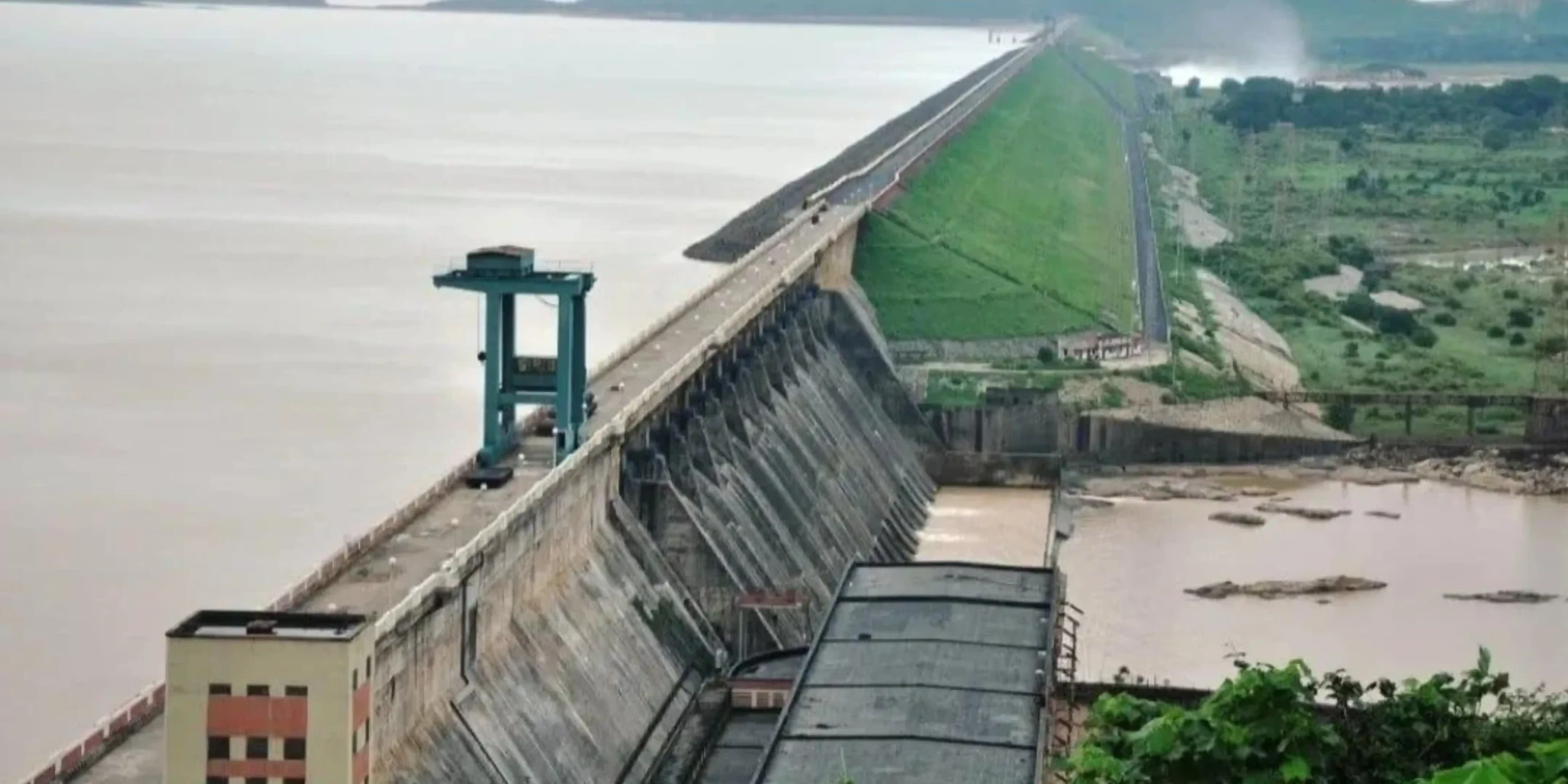Hirakud Dam
The Hirakud Dam is a significant and historic dam located in the state of Odisha, India. It is one of the longest dams in the world and a key landmark in the region. Hirakud Dam built on Mahanadi River. It is the longest earthen dam in the world. The Dam was inaugurated by Prime Minister Jawaharlal Nehru on 13 January 1957.Here are some key points about the Hirakud Dam
| Location | Sambalpur District(Odisha) |
| Timing | 6AM to 10 PM |
| Nearest Airport | Swami Vivekananda International Airport, Raipur (265 K.M) Biju Pattnaik International Airport, Bhubaneswar (300 K.M) Jharsuguda Airport (50 K.M) |
| Nearest Railway Station | Sambalpur |
| Nearest Bus stop | Sambalpur |
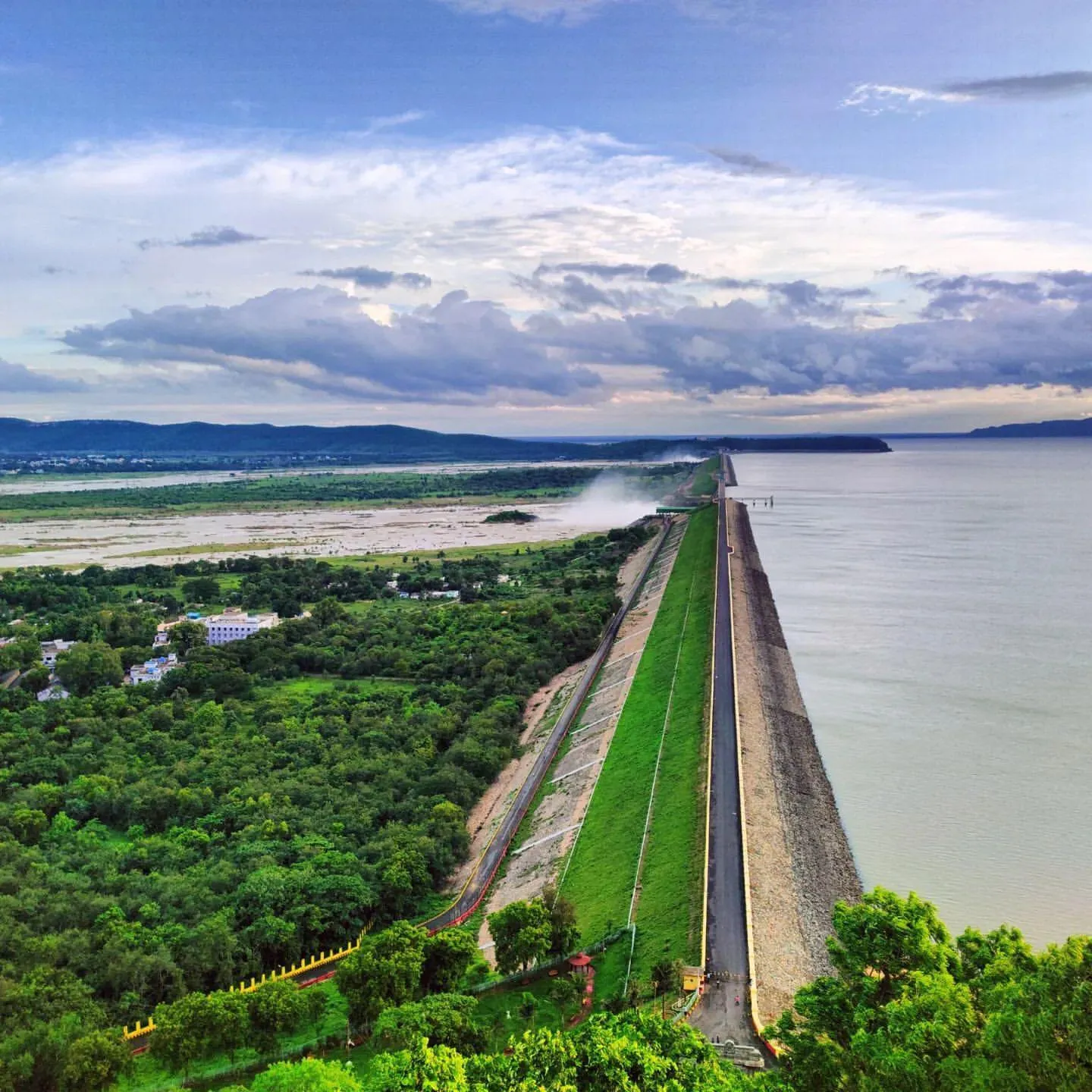
Location of Hirakud Dam
The Hirakud Dam is situated across the Mahanadi River, near the town of Hirakud in Sambalpur district, Odisha, India.
Reaching Hirakud is conveniently accessible through various modes of transportation. For air travel, the nearest airports are Swami Vivekananda International Airport in Raipur, approximately 265 kilometers away, and Biju Pattnaik International Airport in Bhubaneswar, around 300 kilometers from Hirakud. Travelers can opt for direct flights to these airports from major cities. For those preferring train journeys, Sambalpur offers four railway stations, namely Sambalpur (Khetrajpur), Rambalpur Road (Fatak), Sambalpur City, and Hirakud. These stations provide direct train connections to metros and prominent cities across India, ensuring a convenient and well-connected rail network. Additionally, the National Highway 6, which connects Mumbai to Kolkata, passes through Sambalpur, offering a smooth road journey. Sambalpur is also connected to Bhubaneswar via National Highway 42, providing an efficient road link between these two cities. Whether by air, train, or bus, the well-connected transportation network ensures a seamless and enjoyable journey to the picturesque destination of Hirakud.
Purpose
The primary purpose of the Hirakud Dam is multipurpose – it serves for irrigation, flood control, and hydroelectric power generation. The dam has played a crucial role in the development of the region by providing water for agricultural activities and generating electricity.
History of Hirakud Dam
The construction of the Hirakud Dam began in 1948 and was completed in 1957. It was one of the first major multipurpose river valley projects in independent India. The dam was designed by Sir M. Visvesvaraya, and its construction marked a significant milestone in India’s post-independence development.
Size and Structure of Hirakud Dam
The length of the main dam is 4.8 Km while the total length with dam and dykes combined is 25.8 km.and its height is 61 meters, making it one of the longest dams in the world. It consists of two observation towers, Gandhi Minar and Nehru Minar, located on the eastern and western banks of the dam, respectively. These towers provide panoramic views of the dam and its surroundings.It is a composite structure of Earth, Concrete and Masonry.
Reservoir
The reservoir created by the Hirakud Dam is one of the largest artificial lakes in Asia, covering an area of about 746 square kilometers. The reservoir is known as Hirakud Reservoir or Hirakud Lake.Hirakud Dam intercepts 83400 sq. km (32200 sq miles) of Mahanadi catchments.
Hydropower Generation
The dam has two hydroelectric power plants – the Hirakud Power Plant I and Hirakud Power Plant II. Together, they generate a significant amount of electricity, contributing to the power needs of the region.The dam, which has an installed capacity of 307.5 MW, irrigates 436000 acres of area in the Mahanadi delta.
Tourism
The Hirakud Dam has become a popular tourist attraction. Visitors can enjoy boat rides on the reservoir, and the observation towers provide stunning views of the dam and the surrounding landscape. The dam area also has parks and recreational facilities.
Wildlife Sanctuary
The Hirakud Wildlife Sanctuary, located on the southern embankment of the dam, is home to a variety of flora and fauna. It provides a natural habitat for several species of birds and animals.
The Hirakud Dam stands as a testament to India’s engineering prowess and has played a crucial role in the socio-economic development of the region. It continues to be a significant landmark and a source of pride for the people of Odisha.
Nearby Attractions
Huma Temple, a rich cultural tapestry surrounded by captivating attractions. The sacred ambiance of Huma Temple is complemented by the nearby Maa Samleswari Temple, a revered spiritual destination. This region also features the enchanting Cattle Island, where pastoral beauty harmonizes with the tranquility of nature. Visitors can immerse themselves in the divine aura of Huma Temple while exploring the cultural significance of the adjacent Maa Samleswari Temple. Meanwhile, the idyllic charm of Cattle Island provides a picturesque escape, inviting travelers to witness the coexistence of spirituality, natural beauty, and traditional rural life in this captivating corner of Odisha.
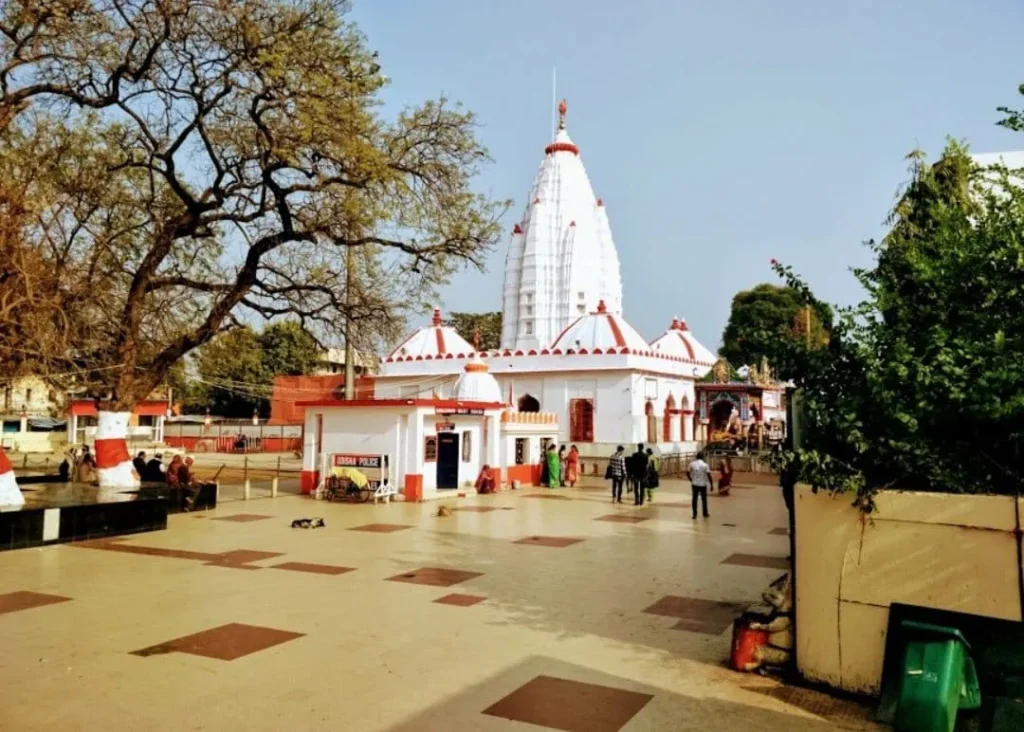
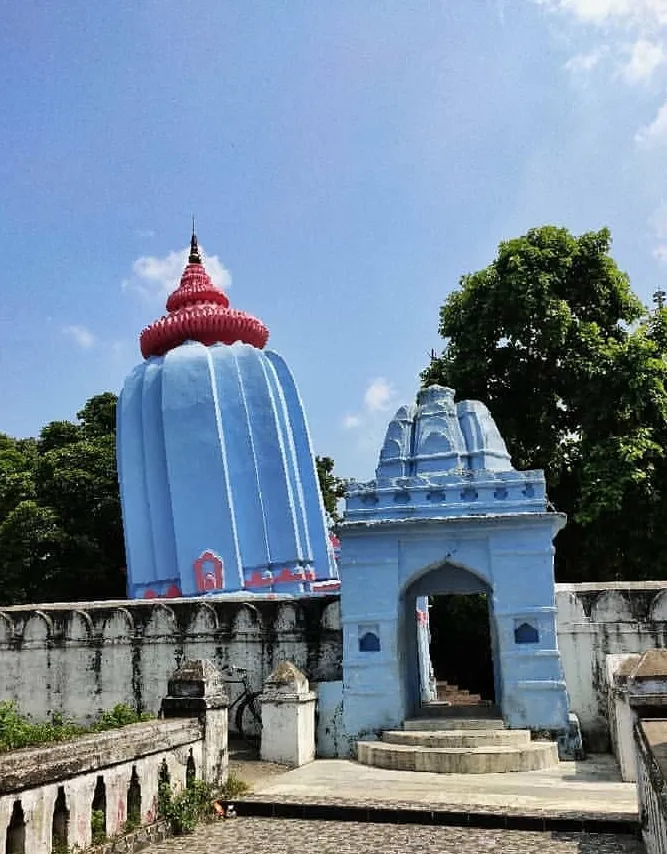
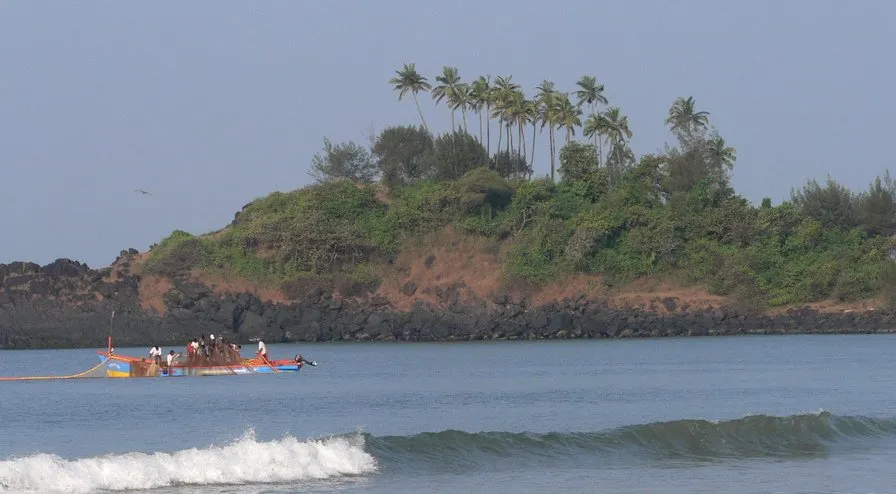
Recent Travels Coming Soon!

